1.3 billion people need to be fed! So the Chinese people make use of every available, edible thing — even if “foreigners” don’t think it’s edible. People here eat out even more than Americans do. It’s very inexpensive. And it’s less time consuming.
They love to eat, and they love choices. They never order just one thing. The group chooses a meat, a fish, a vegetable, and another item plus a personal bowl of rice, and small desserts (not sweet like American desserts).
The waiter brings the items from the kitchen as they are ready. Your dessert may come first…whatever comes, you eat it then. Each diner has a small plate (the size of a teacup saucer). You put food from the serving bowl on your plate — just a few bites at a time. If several things arrive simultaneously, you serve yourself a few bites of each, and then keep adding to your plate throughout the meal.
But restaurant dining is probably not how people eat out most often. They buy “snacks” from the street vendors and the small kiosks set up everywhere. These snacks, hot or cold, are consumed day and night.
No part of an animal is wasted. We have eaten some interesting dishes, including a big bowl of pork fat, pig hooves, and duck neck — favorite dishes over here. The fish is often served whole –head and tail included — so you can pick the bones and not miss anything. My favorite is mandarin fish — its speckled flesh and fins make a beautiful presentation.
We’ve also eaten eel, octopus, crab. shrimp, and quite a few other fish whose names are unpronounceable to me. Sometimes they are minced and eaten with pine nuts or a vegetable or put into a soup.
There are many vegetable choices but the serving sizes are small (we’re eating our multi-vitamin every day). My favorite veggie so far is lily bulb. We’ve had some interesting fruit, also. Fiery dragon is wild-looking on the outside and pretty on the inside (pure white with black speckles).
Chopsticks are the norm, but spoons are also on the table, never knives or forks. If something needs to be cut (like the whole fish), you use your chopsticks.
Etiquette is quite different. If you have a bone or other undesirable in your mouth, you spit it out on the table or a small plate. Your rice bowl comes up to your mouth and the rice is shoveled in with the chopsticks. Don’t forget to bring your own napkins! If the restaurant has any, you will be charged if you order one.
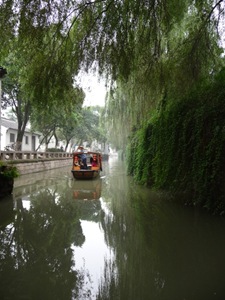
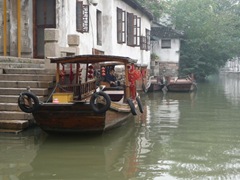
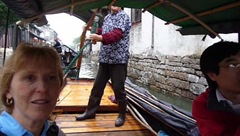
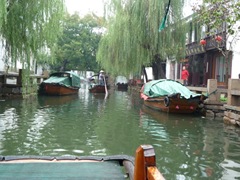
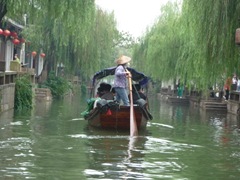
Recent Comments